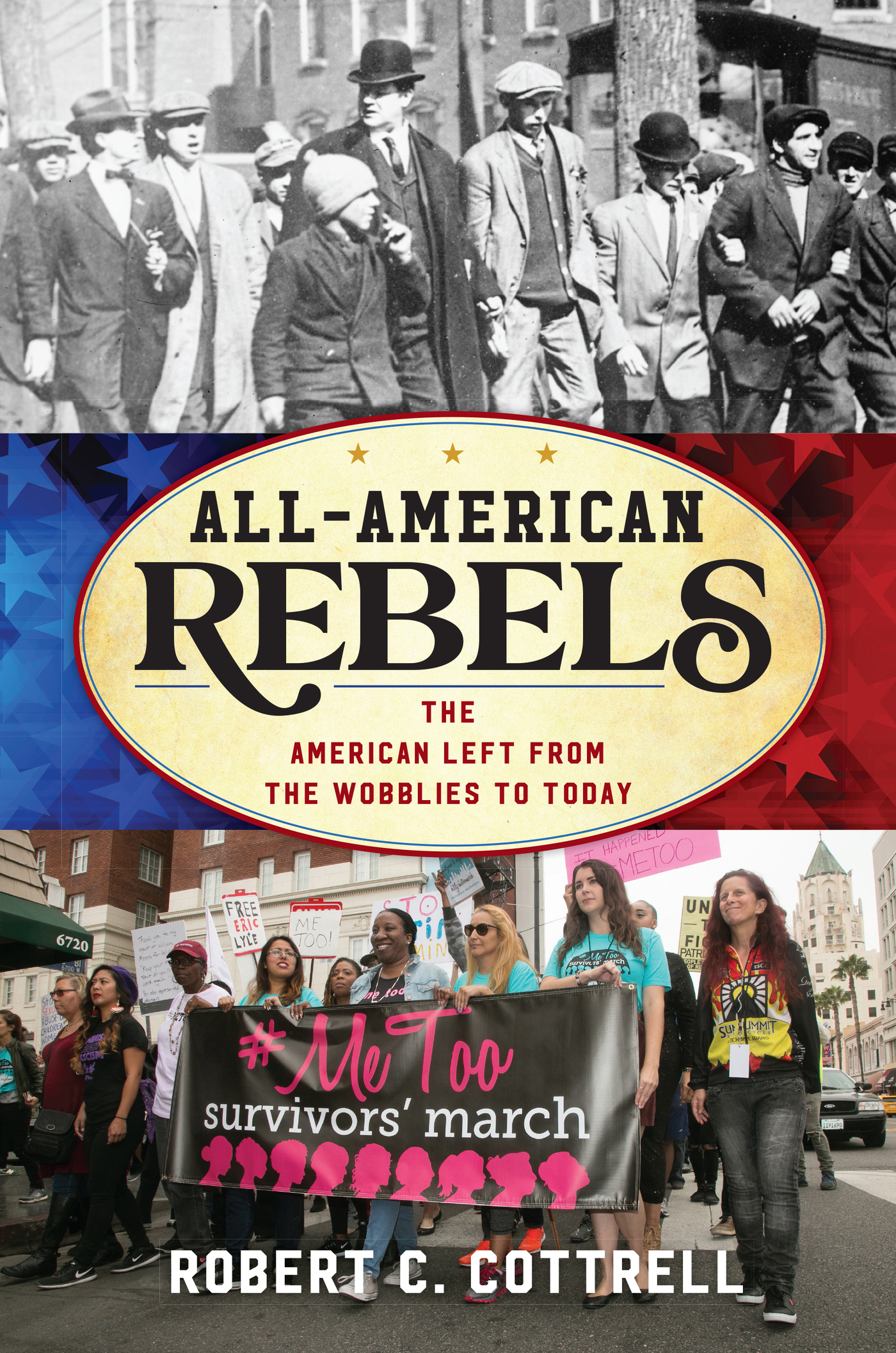All-American Rebels
American Ways
General Editor: John David Smith, Charles H. Stone Distinguished Professor of American History, University of North Carolina at Charlotte
From the long arcs of Americas history, to the short timeframes that convey larger stories, American Ways provides concise, accessible topical histories informed by the latest scholarship and written by scholars who are both leading experts in their fields and polished writers. Books in the series provide general readers and students with compelling introductions to Americas social, cultural, political, and economic history, underscoring questions of class, gender, racial, and sectional diversity and inclusivity. The titles suggest the multiple ways that the past informs the present and shapes the future in often unforeseen ways.
Titles in the Series
How America Eats: A Social History of U.S. Food and Culture, by Jennifer Jensen Wallach
Popular Justice: A History of Lynching in America, by Manfred Berg
Bounds of their Habitation: Race and Religion in American History, by Paul Harvey
National Pastime: U.S. History through Baseball, by Martin C. Babicz and Thomas W. Zeiler
This Green and Growing Land: Environmental Activism in American History, by Kevin C. Armitage
Wartime America: The World War II Home Front, Second Edition, by John W. Jeffries
Hard Times: Economic Depressions in America, by Richard Striner
We the People: The 500-Year Battle Over Who Is American, by Ben Railton
Litigation Nation: A Cultural History of Lawsuits in America, by Peter Charles Hoffer
Enemies of the State: The Radical Right from FDR to Trump, by D. J. Mulloy
All-American Rebels: The American Left from the Wobblies to Today, by Robert C. Cottrell
All-American Rebels
The American Left from
the Wobblies to Today
Robert C. Cottrell
ROWMAN & LITTLEFIELD
Lanham Boulder New York London
Published by Rowman & Littlefield
An imprint of The Rowman & Littlefield Publishing Group, Inc.
4501 Forbes Boulevard, Suite 200, Lanham, Maryland 20706
www.rowman.com
6 Tinworth Street, London SE11 5AL, United Kingdom
Copyright 2020 by The Rowman & Littlefield Publishing Group, Inc.
All rights reserved. No part of this book may be reproduced in any form or by any electronic or mechanical means, including information storage and retrieval systems, without written permission from the publisher, except by a reviewer who may quote passages in a review.
British Library Cataloguing in Publication Information Available
Library of Congress Cataloging-in-Publication Data Available
ISBN 9781538112922 (cloth : alk. paper)
ISBN 9781538112939 (electronic)
 TM The paper used in this publication meets the minimum requirements of American National Standard for Information Sciences Permanence of Paper for Printed Library Materials, ANSI/NISO Z39.48-1992.
TM The paper used in this publication meets the minimum requirements of American National Standard for Information Sciences Permanence of Paper for Printed Library Materials, ANSI/NISO Z39.48-1992.
To Sue and Jordan
Acknowledgments
As always, I want to express my gratitude to my wife Sue and my daughter Jordan.
I also want to thank the team at Rowman & Littlefield, especially Elaine McGarraugh, Jon Sisk, Dina Gulak, and Professor John David Smith, editor of The American Ways Series.
Introduction
The history of the modern American left is both storied and star-crossed. It includes genuinely luminous figures like Eugene V. Debs, Big Bill Haywood, Crystal Eastman, Inez Milholland, Randolph Bourne, John Reed, Roger Nash Baldwin, A. Philip Randolph, Dorothy Day, A. J. Muste, and I. F. Izzy Stone. Then there are Martin Luther King Jr., John Lewis, Bob Moses, Diane Nash, Sandra Cason Hayden, Cesar Chavez, Noam Chomsky, the Reverend William Barber II, and Alexandria Ocasio-Cortez, among others. The story of the American left involves the rise and fall of political movements that strove to empower the disfranchised as in the case of the anarchists, the socialists, and the Wobblies during the early portion of the twentieth century. It features the Communists and labor organizers who thrived before mid-century, and the antinuclear, civil rights, and New Left activists, as well as various countercultural participants, of the postwar period.
It also encompasses the wide array of movements that began to flourish during the 1960s, such as those agitating for the rights of women, gays, and Mother Earth in the 1970s and 1980s, through campaigns that highlighted local, national, and international issues, Latinos, Native Americans, Asian Americans, consumers, the elderly, the disabled, welfare recipients, and prisoners. Its distinct brand of radicalism covers the citizen activism that flourished in recent varieties of the American left including protests against globalization, violations of privacy, and assaults on human rights, whether pertaining to common citizens, LGBTQ representatives, people of color, women battling sexual abuse, children fighting for their very lives, and immigrants. Today, a revitalized American left is fighting back against an intemperate president easily given to belittling Muslims, Mexicans, a female presidential candidate, the handicapped, and left-of-center congresswomen, while consorting with white supremacists, neo-Nazis, and other anti-Semites. The battleground now includes the streets of America, sexual relationships, university campuses, the nations public schools, social media, and the Internet.
Conveniently, from a historians vantage point, the American left largely emerged at the start of the twentieth century, when anarchists, socialists, cultural radicals, and Wobbliesmembers of the Industrial Workers of the World (IWW)thrived. They found particularly receptive audiences in Greenwich Village, which had long housed bohemians, other free spirits, and those who made up the Lyrical Left. However, American participation in World War I blunted, then debilitated the nations first great left-wing movements, while providing seeds for others that endured for decades. The progressive administration of Woodrow Wilson targeted radical and antiwar groups and prominent figures, setting the stage for intolerant actions by federal operatives, state governments, municipalities, and vigilantes. And as the romanticism and innocence associated with the Lyrical Left dissipated, the repression and the example set by the Bolsheviks in post-czarist Russia convinced others of the need for radical, even revolutionary organizations in the United States. Both a communist and a non-communist left appeared, making up the Old Left that largely existed between 1919 and 1956.
During that nearly four-decade span of time, the Communist Party of the United States (CPUSA) dominated the American left, to the dismay of anti-communist radicals and liberals alike. American communism initially attracted independent thinkers like Reed and Max Eastman. But the partys subservience to Holy Mother Russia quickly became pronounced, resulting in otherwise inexplicable shifts in direction and leadership. The zenith of American communism occurred during the Great Depression and World War II, when Communist Party membership came close to matching that of both the Socialist Party of America (SPA) and the Industrial Workers of the World at their height. But the willingness to accept Soviet directivesincluding for some, instructions to engage in espionageresulted in a discarding of the more successful Popular Front approach, involving accepting alliances with most, albeit not all, progressive forces. Sectarianism and dogmatism led many to leave the party, while the Cold War atmosphere prevailing after World War II proved catastrophic. By the mid-1950s, individuals associated with the Old Left but inclined to a critical perspective regarding the CPUSA began discussing the possibility of a revitalized American radicalism. The civil rights and antinuclear movements provided hope that both segregation and Cold War norms could be contested, as did the waning, though not the disappearance, of the postwar red scare. Radical pacifists helped to shape both campaigns, tendering the tactic of nonviolent direct action that Martin Luther King Jr. employed so deftly in the struggle to bring down Jim Crow barriers.


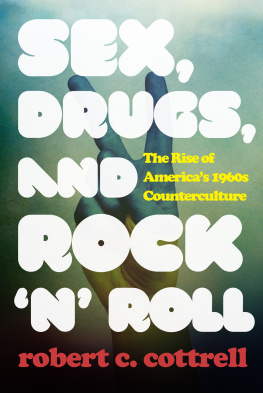

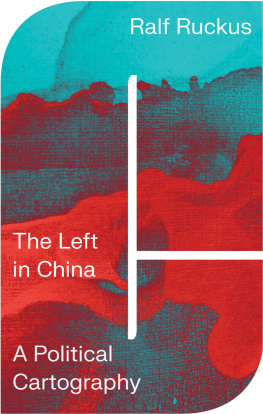



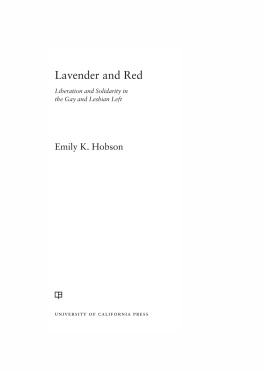
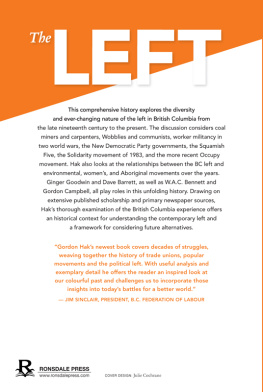
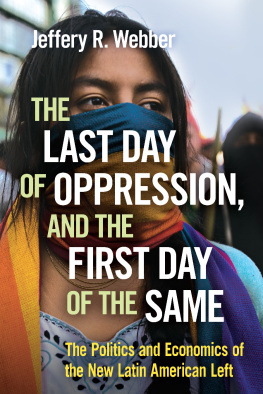
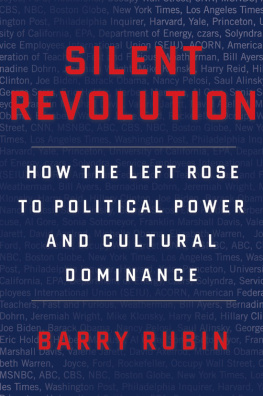
 TM The paper used in this publication meets the minimum requirements of American National Standard for Information Sciences Permanence of Paper for Printed Library Materials, ANSI/NISO Z39.48-1992.
TM The paper used in this publication meets the minimum requirements of American National Standard for Information Sciences Permanence of Paper for Printed Library Materials, ANSI/NISO Z39.48-1992.